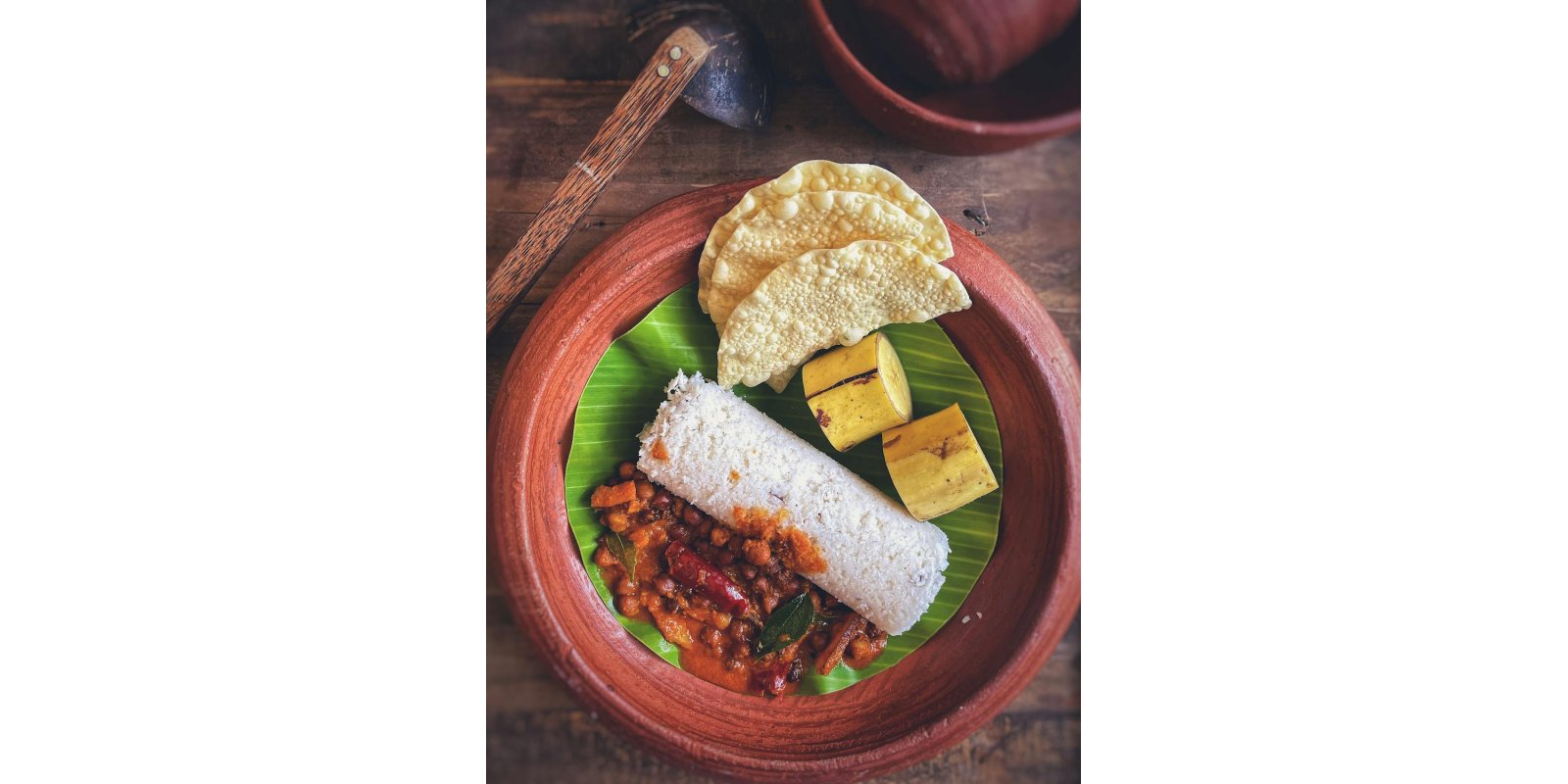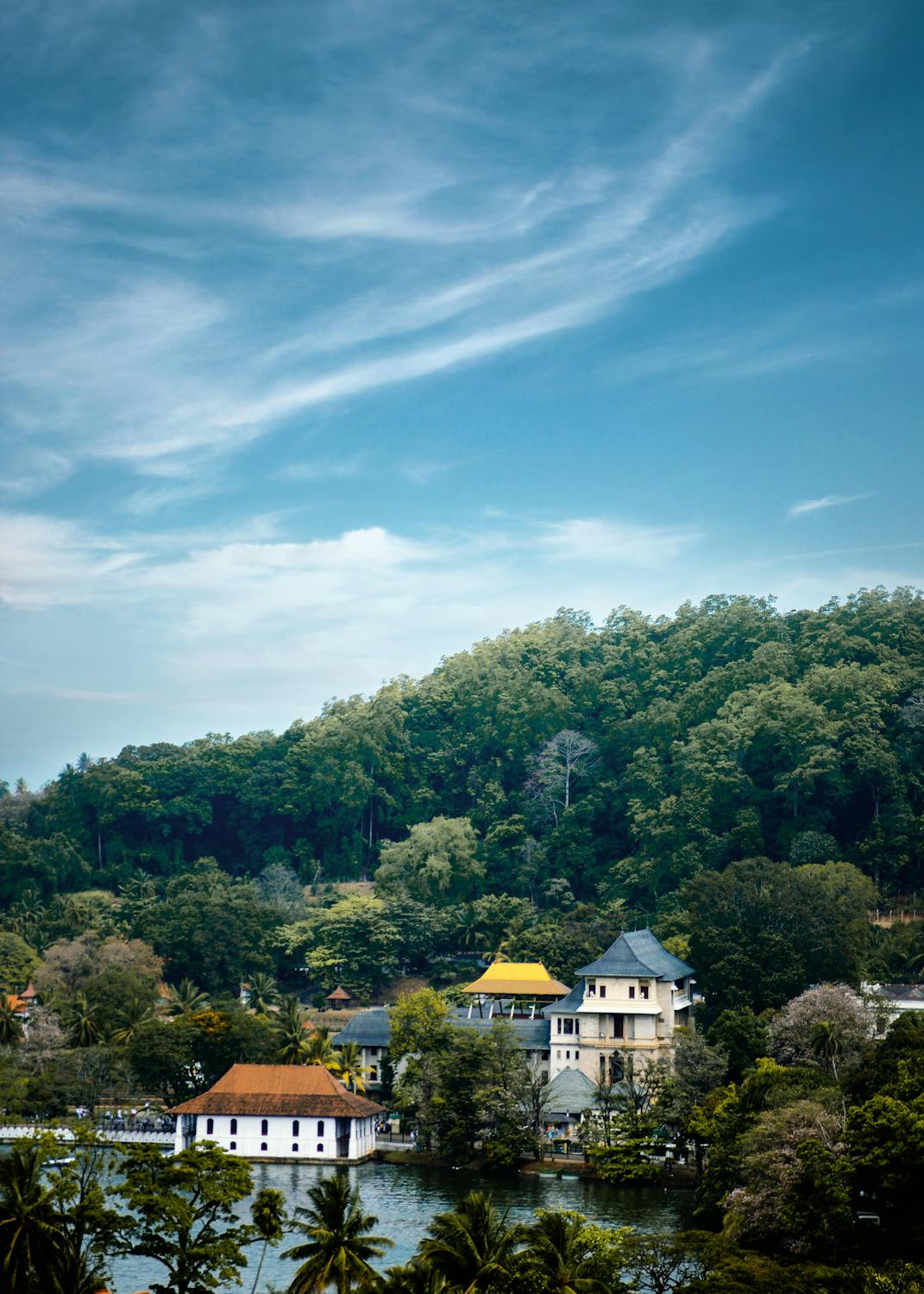Destination Development: Sri Lanka's Government Initiative to Promote 50 Tourism Destinations

Introduction
Sri Lanka, a tropical paradise nestled in the Indian Ocean, has long been a popular destination for travelers seeking stunning landscapes, rich cultural heritage, and warm hospitality. In recent years, the Sri Lankan government has taken a proactive approach to boost its tourism industry by promoting 50 unique destinations across the country. This article delves into the concept of destination development and explores the government's decision to highlight these diverse locations. Through this initiative, Sri Lanka aims to attract a wider range of tourists, create sustainable growth, and showcase the country's hidden gems.
Understanding Destination Development
Destination development refers to the strategic planning and implementation of initiatives aimed at enhancing the attractiveness and competitiveness of a particular location for tourism purposes. It involves identifying and capitalizing on the unique selling points of a destination, improving infrastructure, preserving cultural and natural heritage, and creating memorable experiences for visitors. By investing in destination development, countries can unlock the economic potential of tourism, generate employment opportunities, and foster socio-cultural exchanges.
Sri Lanka's Tourism Potential
Sri Lanka boasts a myriad of attractions that appeal to various types of travelers. From pristine beaches and lush tea plantations to ancient temples and wildlife sanctuaries, the country offers a diverse range of experiences. However, for many years, the majority of tourists flocked to a handful of popular destinations, such as Colombo, Kandy, and Galle, while other hidden gems remained largely undiscovered.
The Government's Vision
Realizing the untapped potential of these lesser-known destinations, the Sri Lankan government launched an ambitious project to promote 50 unique locations across the country. The aim is to distribute tourism benefits more evenly, alleviate overcrowding in popular areas, and showcase the country's cultural and natural diversity. This initiative aligns with the government's vision of sustainable tourism development, where economic growth goes hand in hand with environmental conservation and community empowerment.

The Benefits of Destination Development
-
Economic Growth: By promoting 50 destinations, Sri Lanka can attract a larger number of tourists, leading to increased revenue from tourism-related activities. This, in turn, stimulates economic growth, creates job opportunities, and boosts local businesses.
-
Reduced Seasonality: Concentrating tourism in a few popular destinations often leads to seasonal peaks and troughs. By diversifying the offerings and highlighting 50 destinations, Sri Lanka can reduce seasonality, attracting visitors throughout the year and ensuring a more stable tourism industry.
-
Preservation of Cultural Heritage: Many of the 50 destinations are rich in cultural heritage, including ancient temples, archaeological sites, and traditional villages. By promoting these locations, the government can raise awareness about the importance of preserving cultural heritage and generate funds for their conservation.
-
Environmental Conservation: Sri Lanka is blessed with diverse ecosystems, including rainforests, marine reserves, and national parks. By promoting sustainable tourism practices and encouraging visitors to explore these lesser-known destinations, the government can help protect and conserve the country's natural resources.
-
Community Empowerment: Destination development involves engaging local communities and empowering them to participate in the tourism industry. By promoting 50 destinations, the government can create opportunities for community-based tourism initiatives, allowing locals to showcase their traditions, crafts, and hospitality.
Frequently Asked Questions (FAQ)
-
Q: How will the government promote these 50 destinations?
- The government plans to invest in marketing campaigns, infrastructure development, and capacity building to promote these destinations. It will collaborate with tourism stakeholders, travel agencies, and international partners to raise awareness and attract visitors.
-
Q: Will the popular tourist destinations be neglected?
- No, the government aims to strike a balance between promoting the 50 destinations and maintaining the appeal of popular tourist spots. It recognizes the importance of these established destinations and will continue to invest in their development.
-
Q: Can tourists expect improved infrastructure in these new destinations?
- Yes, the government's initiative includes improving infrastructure in the 50 destinations, such as roads, transportation, accommodation, and tourist facilities. This will enhance the overall visitor experience and encourage sustainable tourism growth.
-
Q: Will the local communities benefit from this initiative?
- Absolutely. The government's focus on community empowerment means that local communities will have the opportunity to actively participate in the tourism industry. This can lead to increased income, job creation, and improved living standards.
-
Q: How can tourists contribute to sustainable tourism in Sri Lanka?
- Tourists can contribute to sustainable tourism by respecting local customs and traditions, supporting local businesses, minimizing their environmental impact, and engaging in responsible travel practices. This will help preserve the natural and cultural heritage of Sri Lanka for future generations.
Conclusion
Sri Lanka's decision to promote 50 destinations for tourism reflects a progressivevision to unlock the country's full potential and create a sustainable tourism industry. By diversifying the offerings and highlighting lesser-known destinations, the government aims to distribute tourism benefits more evenly, reduce overcrowding in popular areas, and showcase the cultural and natural diversity of Sri Lanka. Through destination development, the country can experience economic growth, preserve its cultural heritage, protect the environment, and empower local communities.
As travelers, it is important for us to support and engage in sustainable tourism practices when visiting Sri Lanka. By respecting local customs, supporting local businesses, and minimizing our environmental impact, we can contribute to the preservation of the country's natural and cultural heritage. Let us embark on a journey to discover the hidden gems of Sri Lanka and create meaningful experiences that benefit both the destination and ourselves.
Experience the intersection of creativity and civic vision with Flomo Notio. Collaborating with architects, consultants, and experts, we're reshaping destinations for public and government sectors. Discover how we're shaping tomorrow's experiences at www.flomonotio.com/destinationdevelopment.
